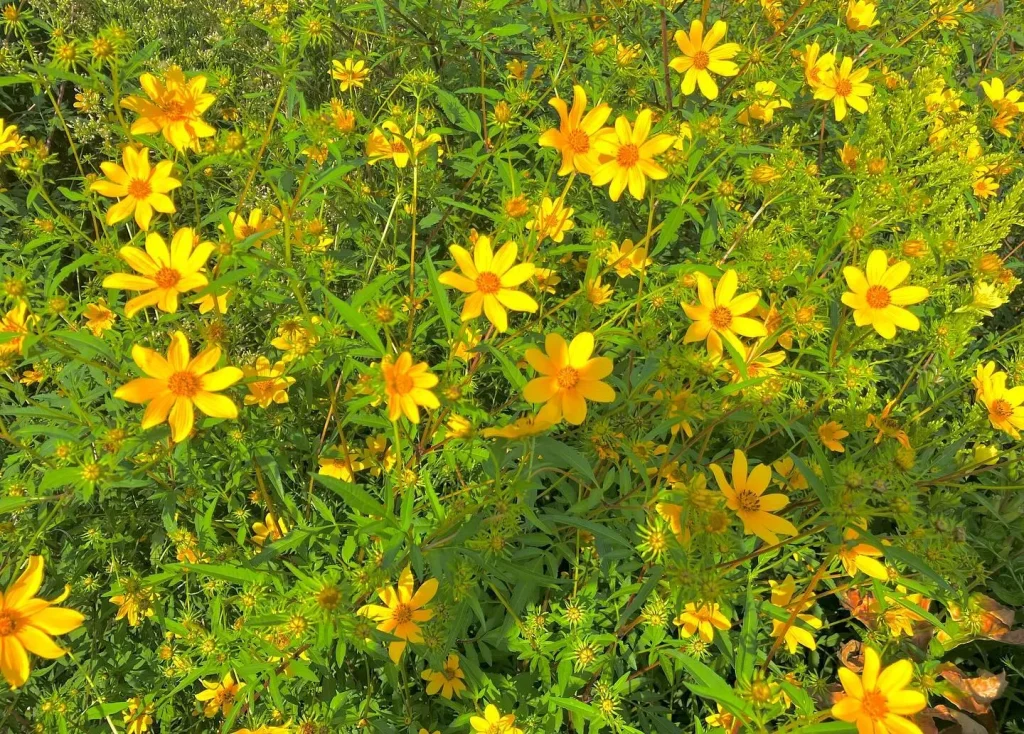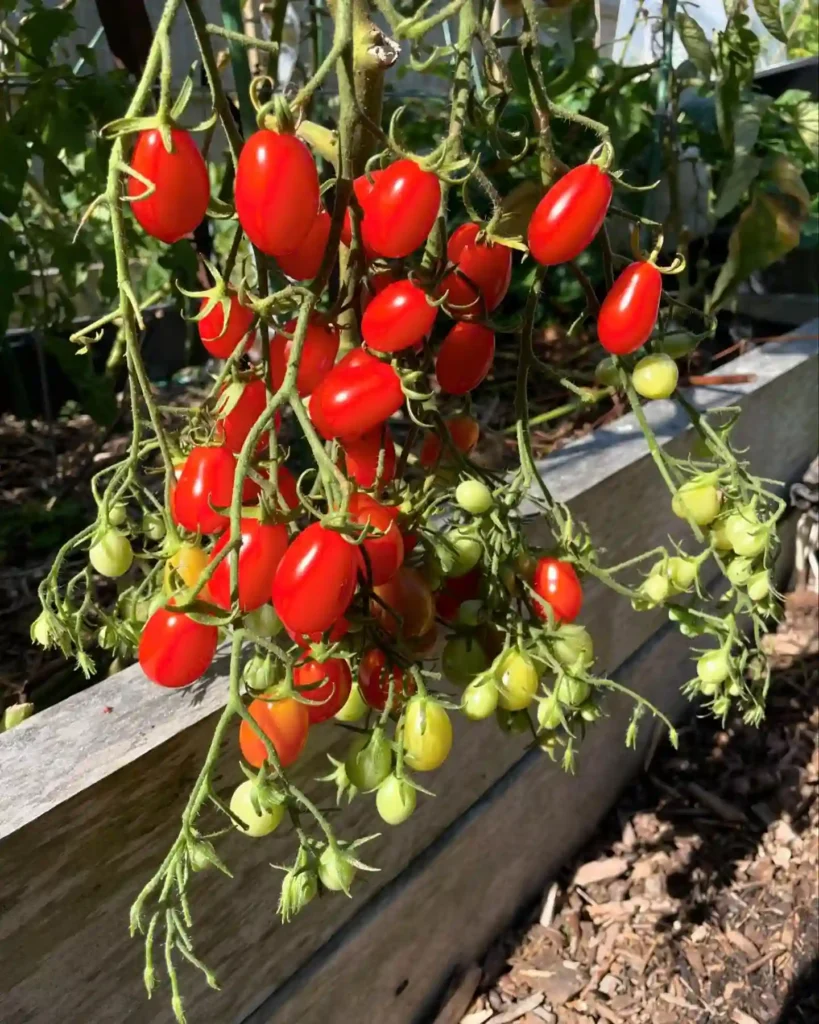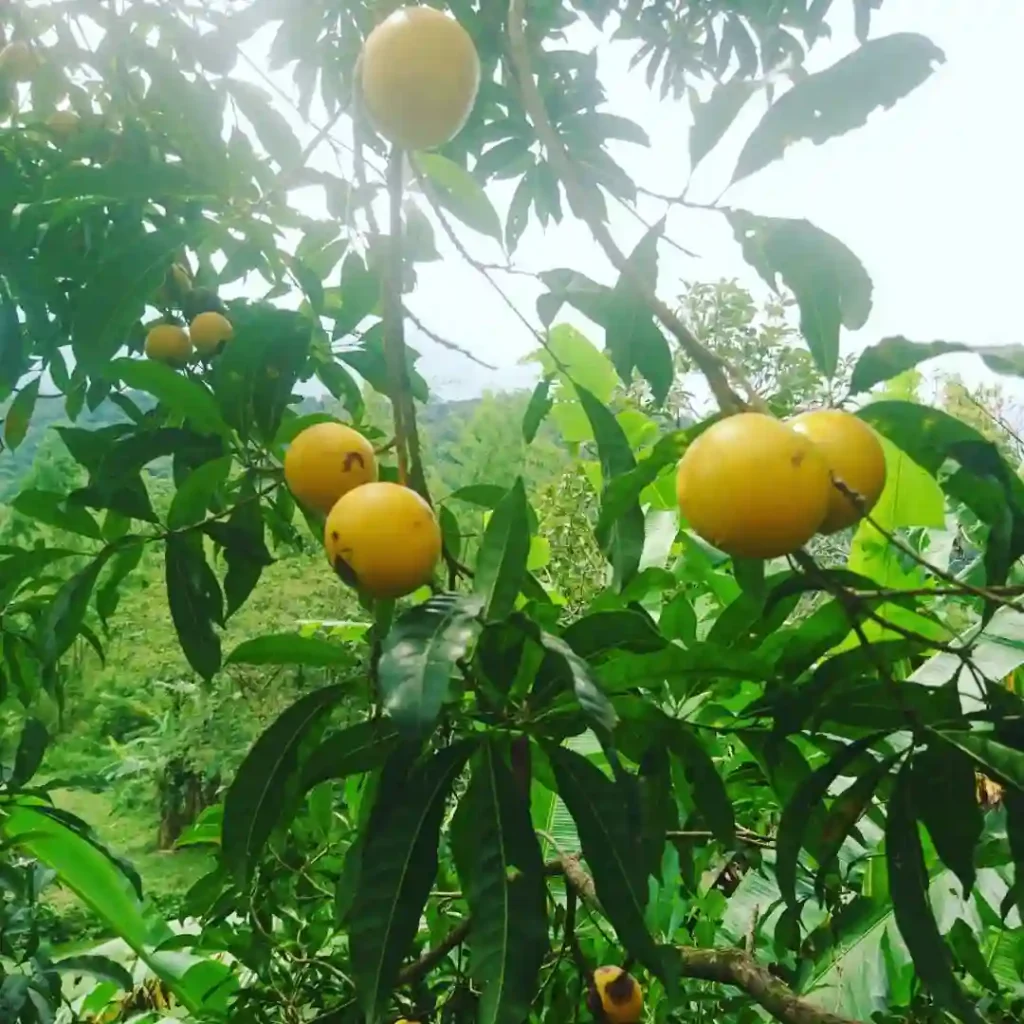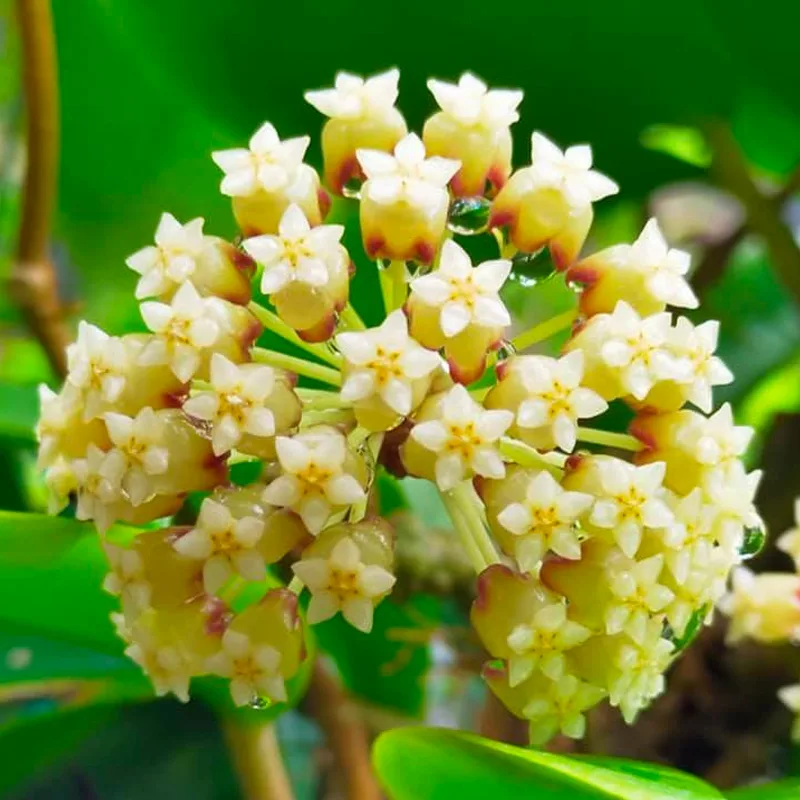Equisetum Laevigatum: A Scouring Rush with a Prehistoric Pedigree
Have you ever stumbled upon a plant with hollow, segmented stems rising from the ground? If so, you might have encountered Equisetum laevigatum, the smooth scouring rush. This fascinating plant boasts a unique appearance and a long, storied history. In this FAQ, I, Ferb Vu, will delve into the world of Equisetum laevigatum, answering your burning questions about this resilient survivor.
Plant Family: Equisetaceae – 41 Species in Genus Equisetum – Horsetail
What is Equisetum Laevigatum?
Equisetum laevigatum, also known as smooth horsetail or smooth scouring rush, is a fern ally belonging to the Equisetaceae family. Unlike true ferns, Equisetum laevigatum reproduces via spores instead of seeds. This primitive plant lineage dates back millions of years, thriving alongside dinosaurs during the Paleozoic era.
Where Does Equisetum Laevigatum Grow?
Equisetum laevigatum is native to most of North America, except for the northernmost regions of Canada and southern Mexico. It favors moist environments with sandy or gravelly soil. You can find it in damp forests, riverbanks, meadows, and even along roadsides.
How Can You Identify Equisetum Laevigatum?
Equisetum laevigatum is a rather distinctive plant. Here are some key features to help you identify it:
- Hollow, segmented stems: The most striking feature is the hollow, green, segmented stems that grow upright. These stems lack flowers and leaves in the traditional sense.
- Spore cones: At the tips of the stems, you might find cone-shaped structures called strobili. These house spores for reproduction.
- Branching pattern: Equisetum laevigatum has a whorled branching pattern, meaning branches emerge in a ring around the stem at each node.
- Scale-like leaves: Tiny, brownish scale-like leaves are present at the nodes where the segments meet.
Equisetum Laevigatum vs. Horsetail: What’s the Difference?
Equisetum laevigatum is often referred to as “horsetail,” a common name shared by several Equisetum species. However, some subtle differences exist:
- Smoothness: Equisetum laevigatum, as the name suggests, has smooth stems. Other horsetail species might have rough or ridged stems.
- Spore cone color: The spore cones of Equisetum laevigatum are typically brown or black, while some horsetail species might have yellow or green cones.
- Habitat: Equisetum laevigatum prefers moist areas, while some horsetail species can tolerate drier conditions.
If you’re unsure about the exact species, simply referring to it as “horsetail” is generally acceptable.
Is Equisetum Laevigatum Poisonous?
Equisetum laevigatum contains silica, which gives the stems their scouring property. While not directly poisonous, ingesting large quantities can irritate the digestive system. Due to this, it’s best to keep Equisetum laevigatum out of reach of children and pets.
Does Equisetum Laevigatum Have Any Uses?
Equisetum laevigatum has a long history of traditional use in various cultures. Here are some potential applications:
- Polishing: The silica content makes the stems abrasive, ideal for polishing metals, wood, and even scouring pots (hence the name “scouring rush”).
- Folk medicine: Some historical uses include treating kidney and bladder problems, arthritis, and even tuberculosis. However, scientific evidence for these applications is lacking. It’s crucial to consult a healthcare professional before using Equisetum laevigatum for medicinal purposes.
- Wildlife habitat: The dense stands of Equisetum laevigatum provide valuable cover for small animals.
Can I Grow Equisetum Laevigatum in My Garden?
Equisetum laevigatum can be a beautiful addition to a moist garden. However, its aggressive spreading nature can be a challenge. Here’s what to consider:
- Planting location: Choose a location with consistently moist soil and partial shade. Avoid planting near desirable plants, as Equisetum laevigatum can become invasive.
- Containment: Consider planting it in a container to control its spread.
- Maintenance: Equisetum laevigatum requires minimal care but may need occasional trimming if it becomes unruly.
Conclusion: Equisetum Laevigatum – A Survivor from the Past
Equisetum laevigatum stands as a testament to the resilience of life. This prehistoric plant, with its unique structure and historical uses, continues to intrigue and find its place in the modern world.
If i die, water my plants!



